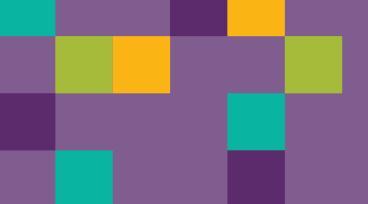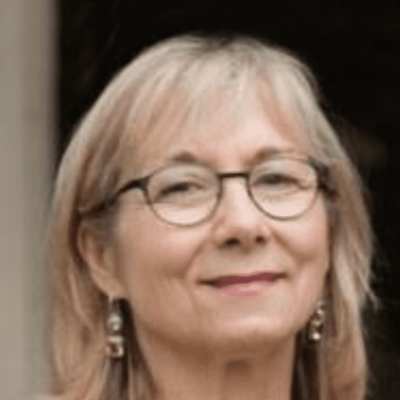
This paper presents an innovative approach to K-12 education that functions effectively in classrooms with or without internet access. The approach prioritizes those with the least access and then scales to all classrooms, regardless of connectivity. AI-enhanced, open-source, offline-first tools deliver high-quality open educational resources and standards-aligned learning experiences to students in remote and underserved areas. The World Bank estimates that nearly nine in ten students in sub-Saharan Africa are living in “learning poverty,” unable to read a simple text by the end of elementary school (Dahill-Brown, 2023).
The project or collaborative that we call "Sopala" (Dagbani for "Innovations") began in Ghana’s Northern Region. Teachers from the rural areas of Ghana, Kenya, and South Africa have since joined. Sopala serves as a model for other countries or regions facing similar challenges in technology access. The strategies and processes can also be used in higher education.
Open-source software and openly licensed materials are the most practical tools for measuring and monitoring learning in K-12 education because they remove the barriers that exist in contexts like the United States, where proprietary tools and proprietary content often restrict access to student learning data. Sopala demonstrates how open practices can impact student learning in any setting.
| Élément joint | Taille |
|---|---|
| Sopala-An Innovative Model for K-12.pdf (124.8 KB) | 124.8 KB |
